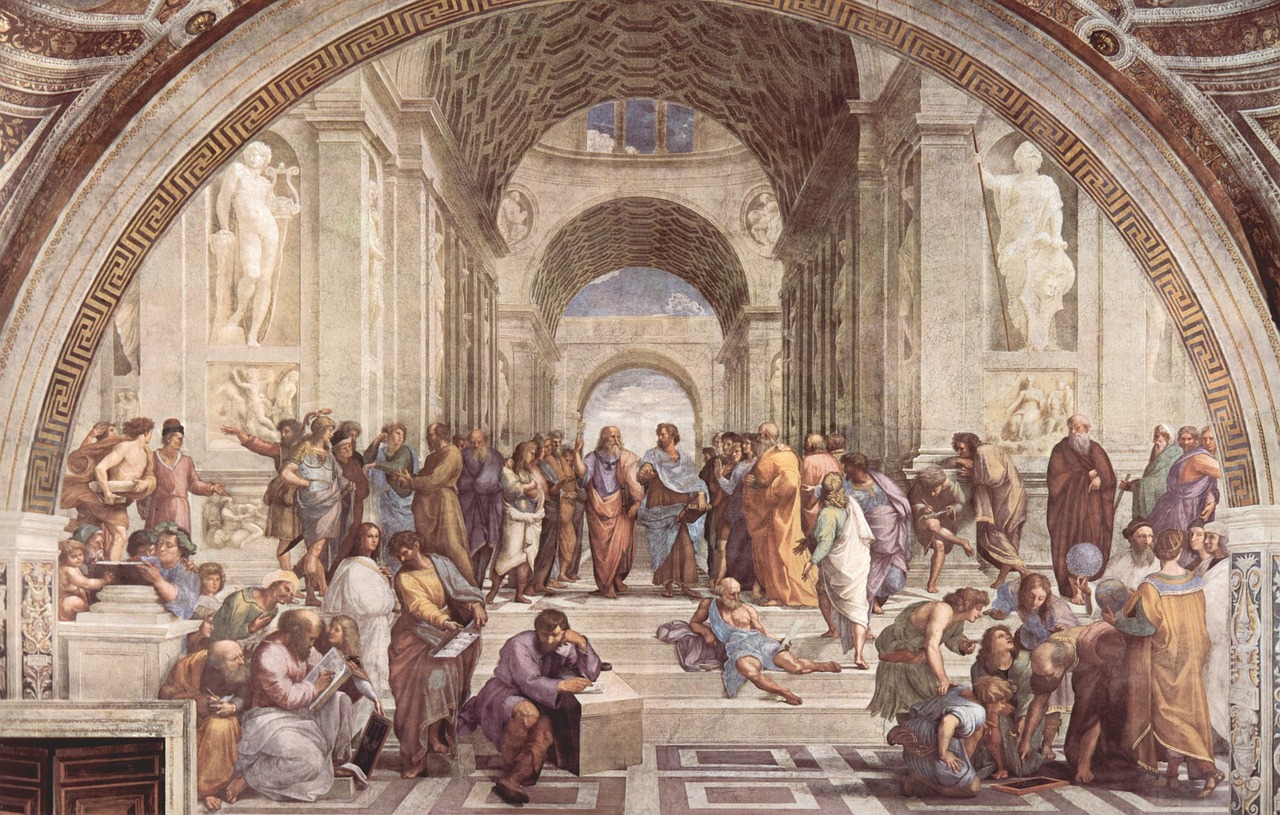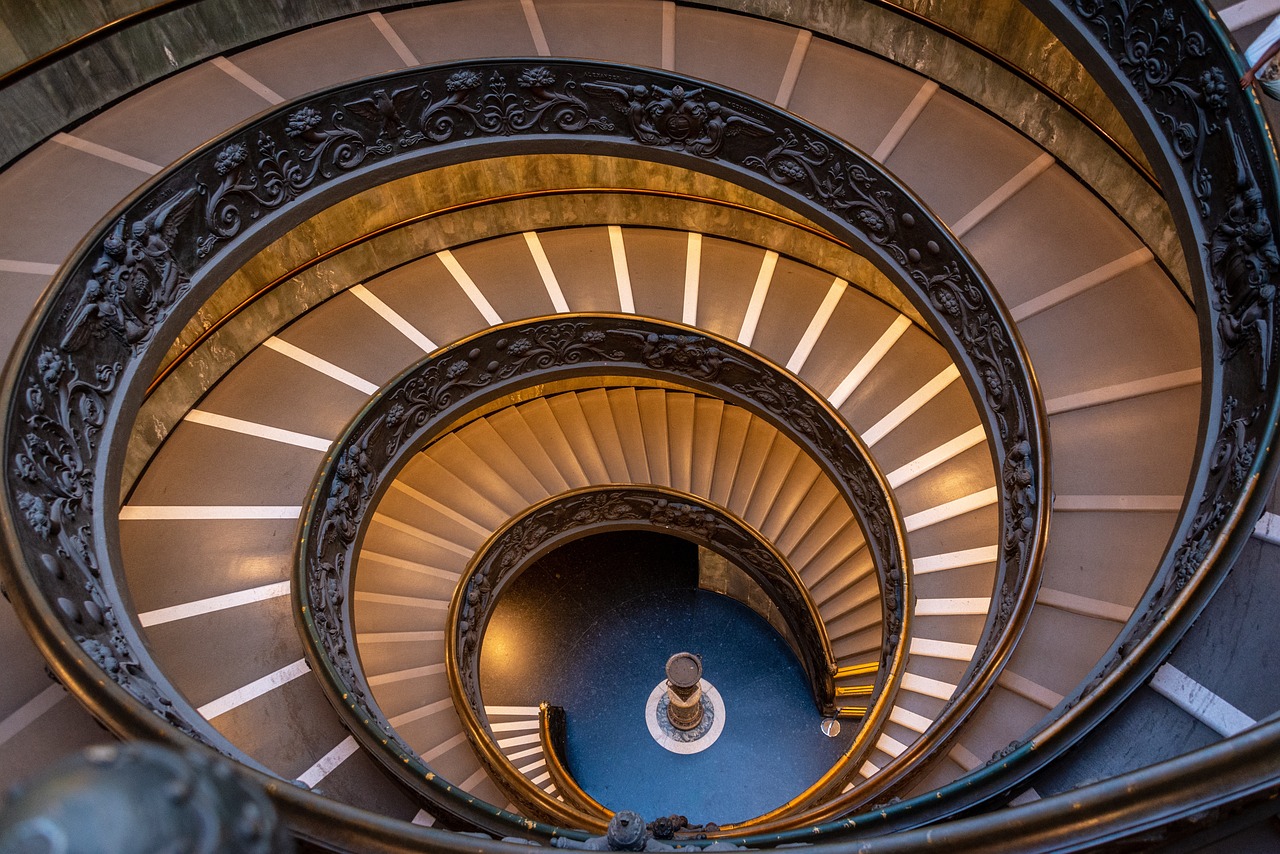Certainly! Here are some interesting facts about the Vatican Museums:
Vast Art Collection: The Vatican Museums house one of the world’s most extensive art collections, with over 70,000 pieces on display. The collection spans various eras and includes works from ancient civilizations, Renaissance masterpieces, and modern art.

Michelangelo’s Sistine Chapel: The Sistine Chapel is undoubtedly the most famous attraction within the Vatican Museums. It is renowned for its ceiling frescoes painted by Michelangelo, including the iconic “Creation of Adam.” The chapel is still used for important religious ceremonies, such as the papal conclave.
Spiral Staircase: The Vatican Museums feature a beautiful spiral staircase known as the Bramante Staircase. Designed by Donato Bramante in the early 16th century, it consists of two intertwining helical ramps. Though it is not accessible to the public, it is a stunning architectural highlight of the museums.
Egyptian and Etruscan Artifacts: The Vatican Museums house a significant collection of Egyptian and Etruscan artifacts. The Egyptian collection includes mummies, statues, and tomb reliefs, while the Etruscan collection showcases ancient pottery, jewelry, and sculptures.
Raphael Rooms: The Raphael Rooms, also known as the Stanze di Raffaello, are a series of four interconnected rooms within the Vatican Museums. These rooms were decorated by the renowned artist Raphael and his workshop. The most famous fresco in the Raphael Rooms is “The School of Athens,” which depicts influential philosophers, mathematicians, and scientists.
Papal Carriage Collection: The Vatican Museums are also home to a collection of papal carriages and vehicles. These ornate and historic vehicles were used by popes for various ceremonial occasions throughout history.
Pio-Clementino Museum: The Pio-Clementino Museum is dedicated to ancient Greek and Roman art and is one of the oldest sections of the Vatican Museums. It houses renowned classical sculptures, including the famous “Laocoön and His Sons” statue.
Pinecone Courtyard: The Pinecone Courtyard, located in the Vatican Museums, features a massive bronze pinecone sculpture that dates back to ancient Rome. The courtyard serves as an open-air space where visitors can relax and enjoy the surroundings.
Gallery of Maps: The Vatican Museums’ Gallery of Maps is a long corridor lined with topographic maps of Italy. These stunning frescoes depict various regions of Italy and were commissioned by Pope Gregory XIII in the late 16th century.
Ethnological Museum: The Vatican Museums also have an Ethnological Museum that showcases art and artifacts from different cultures around the world. It provides a glimpse into the diversity of human history and religious practices.
These fascinating facts highlight the rich artistic, historical, and cultural significance of the Vatican Museums. Exploring their vast collections is a journey through centuries of human creativity and achievement.

